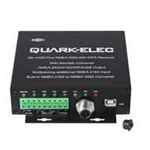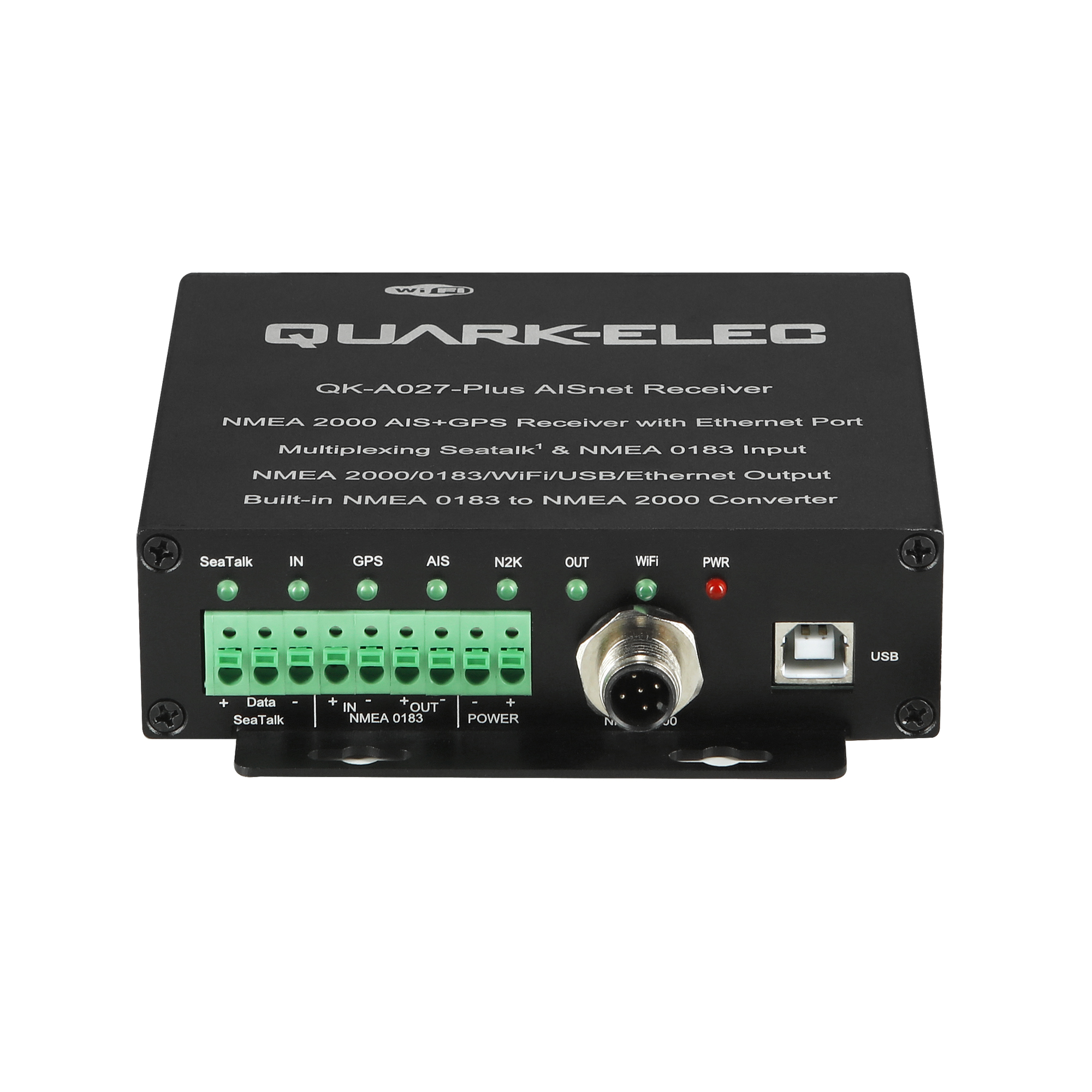Whether you want a vessel tracker, AIS receiver, converter, or….
The key is to use exactly the right type of equipment at the right time.
New to AIS receivers ?
An AIS receiver (‘Automatic Identification System’) is simply an automatic tracking system used on ships (small & large) to find out where they are and what other ships are in the neighbourhood. The system is key to your safety and making sure you avoid collision with other other ships.
The key to choosing the right AIS receiver will also depend on the source of power you have available on your boat, the type of software (if you connect it to a laptop) whether you want to link it to other sensors or wifi and if you want to communicate with others.
In addition, choosing the right AIS receiver will not only help you if you get into problems, but will also help with accident investigation as it will provides accurate historical data on time, identity, GPS-based position, compass heading, course over ground, speed (by log/SOG), and rates of turn, rather than the less accurate information provided by radar
Hopefully our quick guide below will help,
All the AIS receivers in our guide can be found in our maritime AIS receivers shop or please don’t hesitate to ask for help on our forum or through our facebook page.

